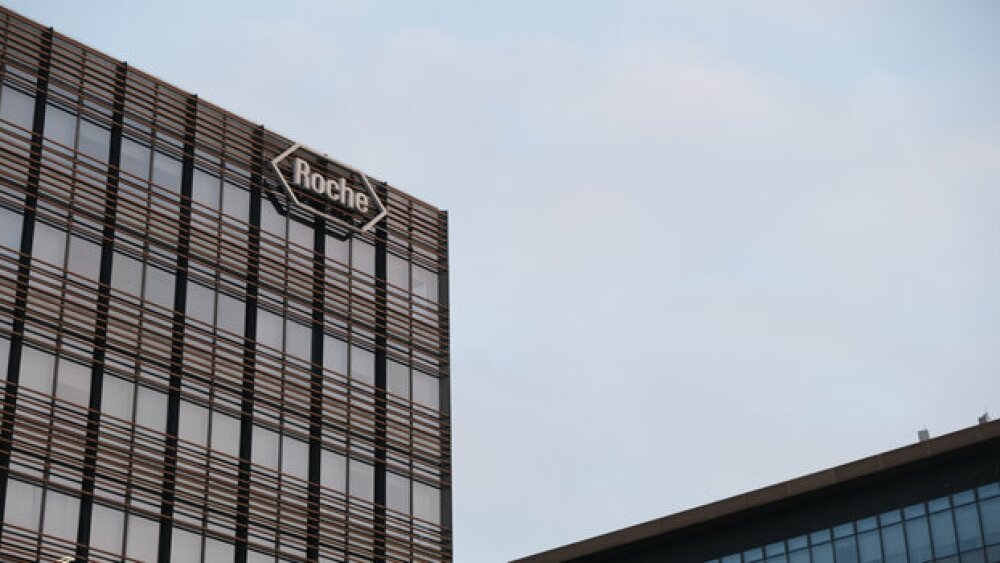Moderna is poised to seek the regulatory authorization of its COVID-19 vaccine in children between six months and 5 years.
Moderna is poised to seek the regulatory authorization of its COVID-19 vaccine in children between six months and 5 years.
On Wednesday, a company spokesperson told Reuters that the Boston-based company intends to seek emergency use authorization from the U.S. Food and Drug Administration for that age group. The company plans to seek approval based on data that was conducted during the viral sure caused by the Omicron variant. Data from those pediatric studies showed that Moderna’s vaccine generated 38% efficacy in preventing infections in children ages 2 to 5 and 44% effective in children ages 6 months to 2 years old.
Data from the Phase II/III KidCOVE study showed a “robust neutralizing antibody response,” Moderna announced last month. Vaccine doses for these patients were significantly lower than those used in adults. The trial data showed the vaccine mitigated serious infections in the trial patients. All infections seen in the study were considered mild. As BioSpace previously reported, there were “zero incidents of severe disease, hospitalizations or death.”
If Moderna wins EUA for this age group, it will be the only COVID-19 vaccine available for pediatric patients in this age range. Moderna’s vaccine is currently only authorized for adult patients in the U.S. The mRNA vaccine developed by Pfizer and BioNTech has been authorized for juveniles over the age of 5 but not for younger children. Earlier this year, the two companies announced they were postponing the application for EUA for the youngest of pediatric patients after clinical data showed the two-dose regimen did not provide a robust response in this age group.
Despite Moderna’s ambitions, news emerged Thursday morning that a vaccine for this age group may not be available until early summer. Three people who claim to have knowledge of the matter told POLITICO that the Biden administration might wait until June to act on this.
In a statement to POLITICO, an FDA spokesperson said its decision would be based on “when the data are provided to FDA and fully support a regulatory action.”
The news about the plan to seek EUA for the younger pediatric patient population came on the same day that Moderna announced new clinical data from its bivalent COVID-19 booster platform. Moderna’s bivalent booster vaccine candidate mRNA-1273.211 demonstrated superior neutralizing titers compared to mRNA-1273 against all concern variants, including Omicron. That superiority was maintained for six months after the booster for the Beta and Omicron variants.
The Omicron variant showed an ability to infect those individuals who received the first generation COVID-19 vaccines. Because of the rise in infections among the vaccinated, Moderna began to develop booster candidates to address the continued evolution of the SARS-CoV-2 virus, including monovalent and bivalent candidates targeting multiple variants of concern.
Moderna Chief Executive Officer Stéphane Bancel said his team is pleased with the data showing higher antibody responses from the bivalent booster candidate, mRNA-1273.211.
“Our latest bivalent booster candidate, mRNA-1273.214, which combines the currently authorized Moderna COVID-19 booster with our Omicron-specific booster candidate, remains our lead candidate for the fall 2022 Northern Hemisphere booster. We look forward to sharing initial data on mRNA-1273.214 later in the second quarter. We believe that a bivalent booster vaccine, if authorized, would create a new tool as we continue to respond to emerging variants,” Bancel said in a statement.
Featured Jobs on BioSpace





